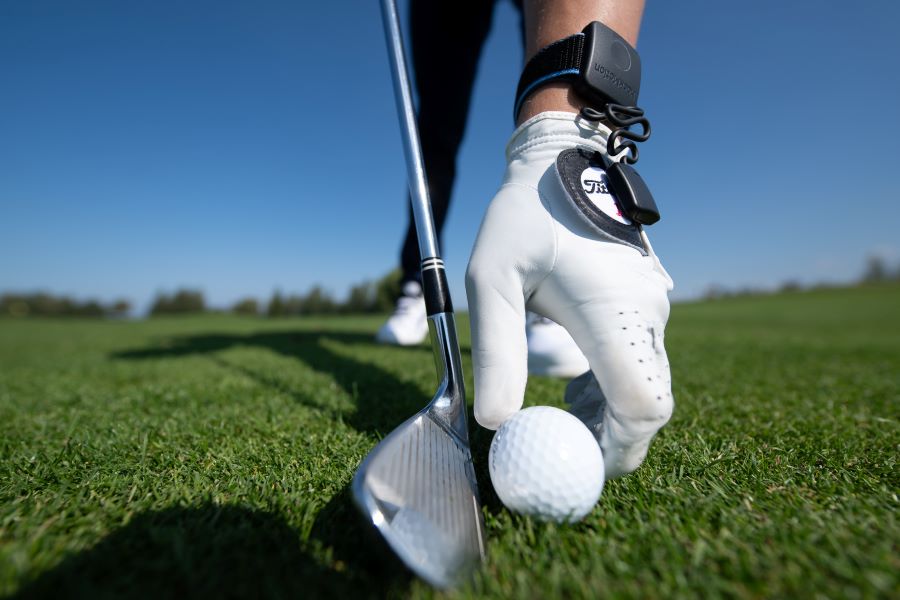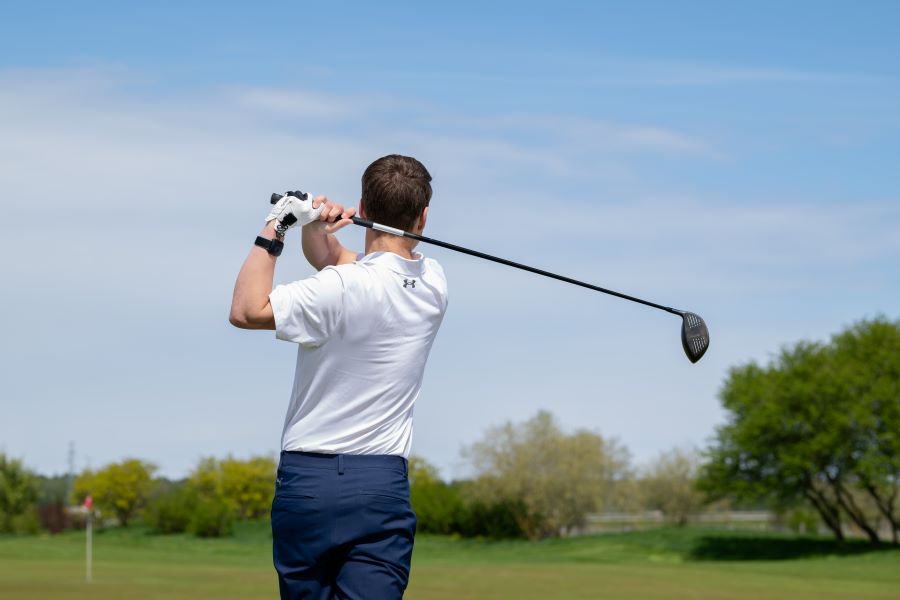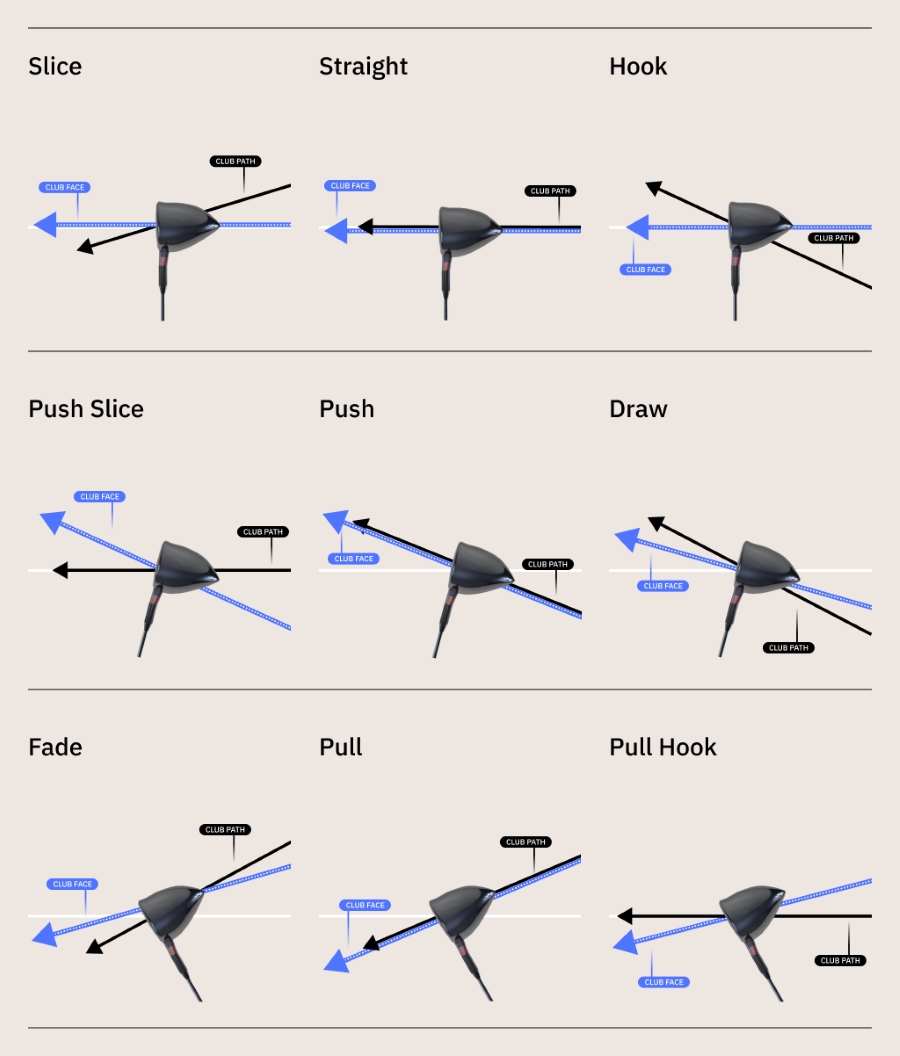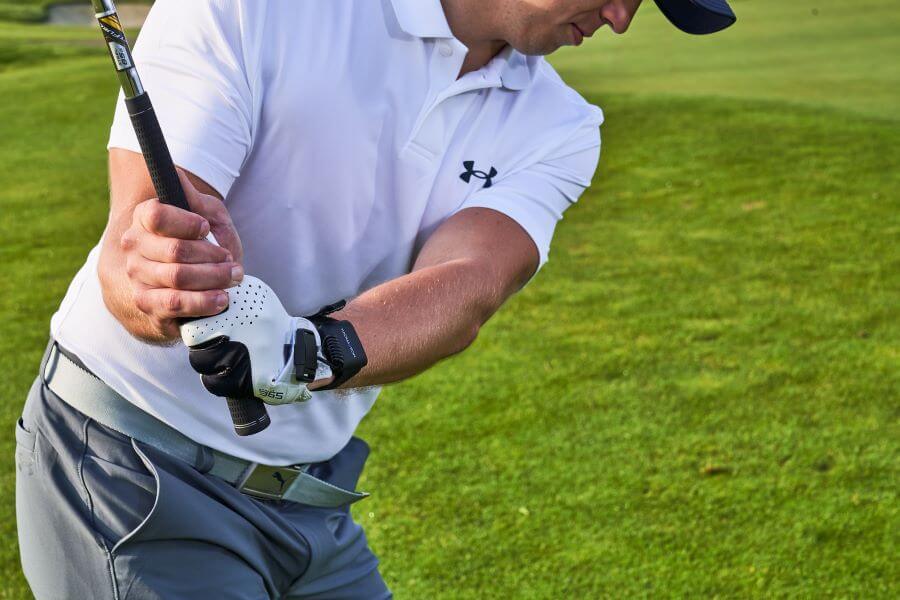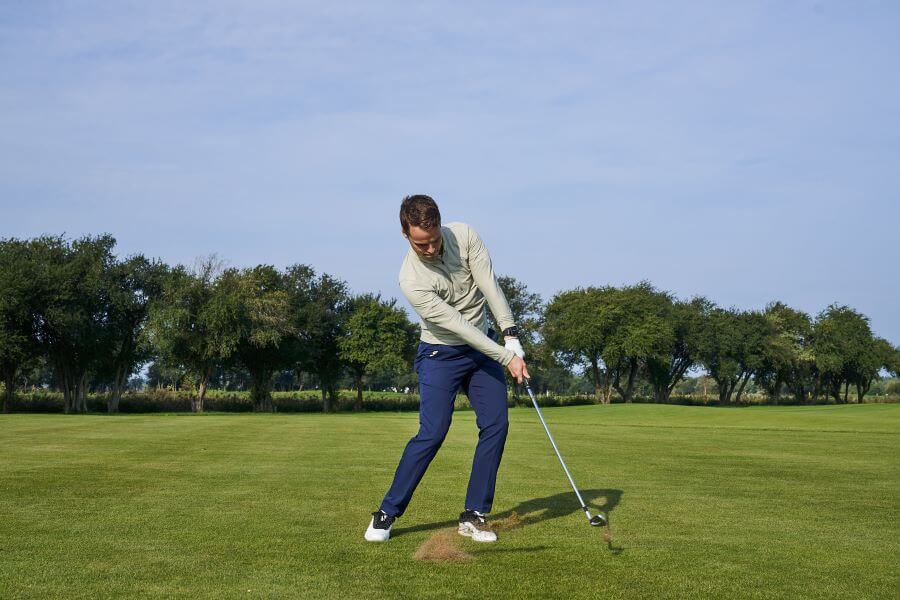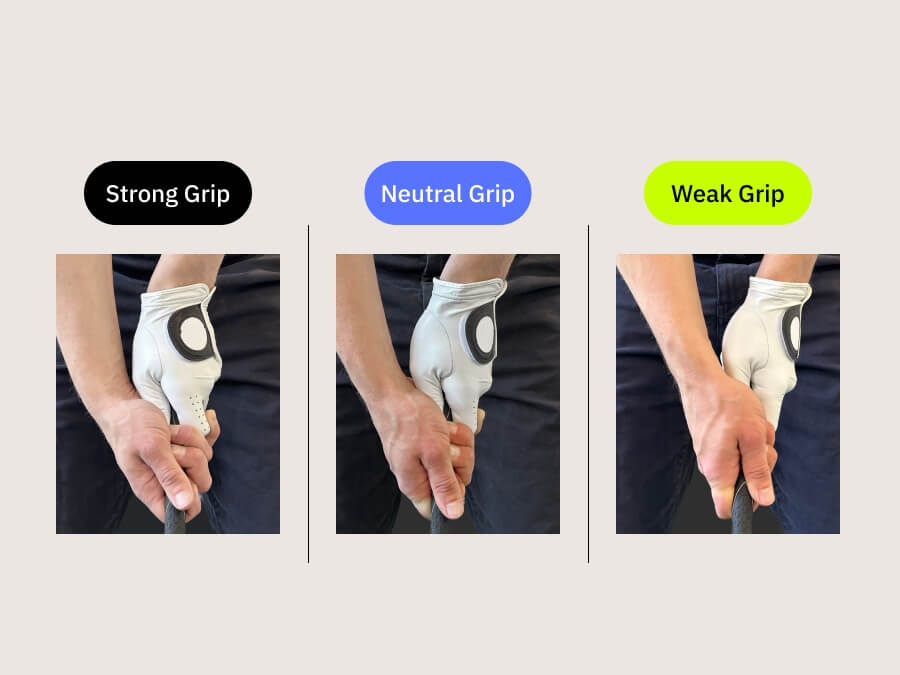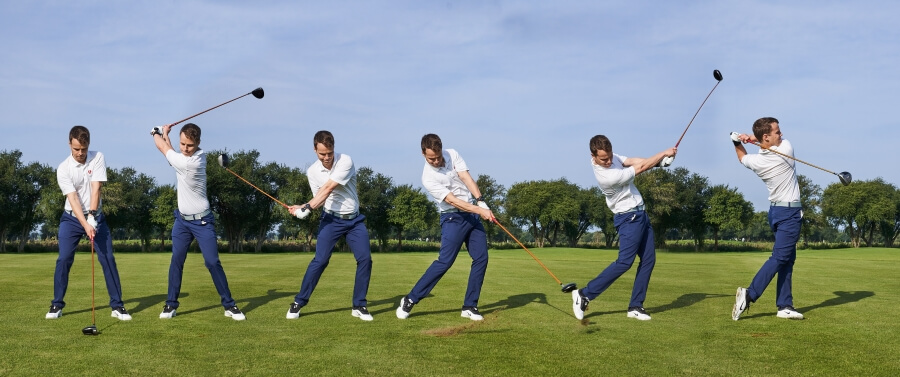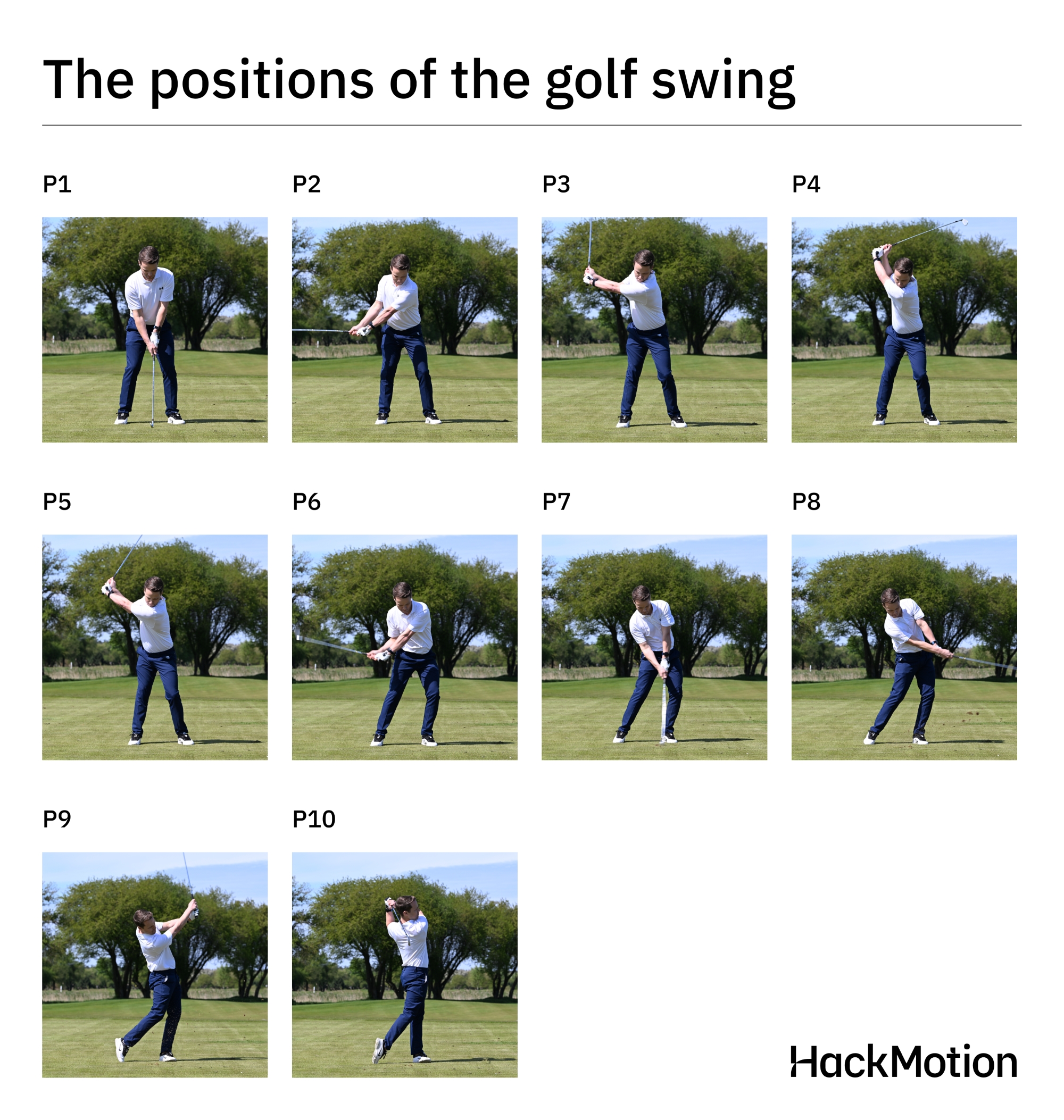Body Rotation in the Golf Swing (Why Can’t You Rotate the Way You Want?)
A golfer who can get great rotation in the golf swing often hits solid shots, higher ball flight, straighter ball flight, and plenty of distance.
However, rotation can be hard. Most golfers struggle with the timing or the amount of their body rotation, and the reason behind this could very well be your wrist motion.
Yes, getting the wrists and clubface in a good position in transition (and at the top of your backswing) will help you rotate your body.
We are going to take a deep dive into how wrist motion (along with other factors) is probably limiting your body rotation and some very specific ways that you can go about fixing it. In addition, I’ll answer all your questions about how much turn is too much and how you can increase your body rotation.
Contents
What is Body Rotation in the Golf Swing?
Body rotation in golf is how your body rotates or pivots as you are swinging the golf club. The rotation of your body is important on the backswing, but it is most important through the ball.
Proper body rotation can lead to increased power, a square clubface, and the ability to control ball flight.
Body rotation does not need to be significant to be effective.
Wrists and hands have the biggest influence on rotation in the downswing.
DR. MARK BULL, PGA coach, an expert in 3D analysis and golf biomechanic
Why do Golfers Struggle with Body Rotation?
Body rotation seems to be a major issue for some golfers, and I’ll show you why. At one point in my golf career, I struggled with body rotation, and the reason behind it (number 2) is actually surprising to many players.
No Rotation on the Way Back – Poor Takeaway
For every action in the golf swing, there is a reaction. Can we expect a proper follow-through and downswing if we don’t start the turn?
No.
You have to start your takeaway with at least an initiation of a golf turn. If your belt buckle doesn’t start to turn back, it’s already too late to try and recover. Take some slow-motion videos of your swing and see whether or not you are starting with a rotation.
Extension in Wrist at Top
One of the most interesting reasons golfers struggle with body rotation is poor wrist position at the top of the backswing. If the wrist is too extended, it leaves the club in a position that is a bit upright and difficult to recover from.
Instead of being able to drop your hands into a place behind you and rotate your body through the shot, you get stuck with no place for the body to go. Golfers often pause their rotation, feel stuck and struggle to get the golf ball to travel straight.
Watch the video below by UK Top 25 coach Alistair Davies to find out more about extension and cupping in the wrist and how it will limit your body rotation.
Upright Golf Swing
Although an upright golf swing and improper wrist position go hand in hand (literally), the upright swing is something many players can relate to, as it is a very common issue with amateur players.
If you get the golf club up on an upright plane that is too steep, you won’t be able to rotate through the ball in the proper way.
Face Open in Transition
At the top of your backswing, the face of your golf club should be square. Some players may have a slightly closed clubface or slightly open, but those that have a wide open face in transition struggle to rotate properly through the ball.
The problem is that rotation has to be timed perfectly to give the player enough time to square the clubface, and it just doesn’t work.
One of the best ways to work on the clubface at the top of the swing is to practice wrist motion and ensure accuracy.
To avoid these unnecessary motions and achieve maximum rotation through the golf ball, you need to get the clubface in a square position and on a correct or shallow plane.
Flexibility
While we are looking at body rotation, it’s important to consider the concept of flexibility. Are you not rotating in your swing because you can’t? Some golfers are held back because their bodies just don’t move as well as they once did.
Flexibility plays a part in body rotation.
I sometimes notice that if I’ve done too much in a day (running, walking, yard work, etc.) that when I go to play golf, my legs are a little sluggish and tired, and it’s hard to get the full rotation that I want.
On other days, if I have not warmed up or stretched before a round, my legs stay stable and grounded, but they don’t rotate the way I want them to.
Flexibility is so important, and I highly recommend finding a routine that includes some walking and stretching before a round of golf. You should be able to find the right balance to ensure body rotation is not an issue with flexibility.
How to Perfect the Body Rotation in the Golf Swing
Now that you can see where the flaws are that cause golfers to struggle with body rotation let’s look at a few of the fixes.
A Proper Takeaway
I’ve always found the takeaway to be one of the most important pieces of the body rotation puzzle. I’ve always felt as though my body rotation initiated the backswing. As my belt buckle starts to turn back, the left shoulder makes a turn, and the club stays low and slow along the ground.
This proper takeaway gets the club into a great position throughout the backswing and increases that turn or rotation in the lower body.
It’s hard for many players to believe, but that first few inches of the swing could make or break you.
Improving the Transition Move
If you can add a bit more flexion in the top of your backswing, the transition becomes easier, opening up the space for your legs to rotate through the ball.
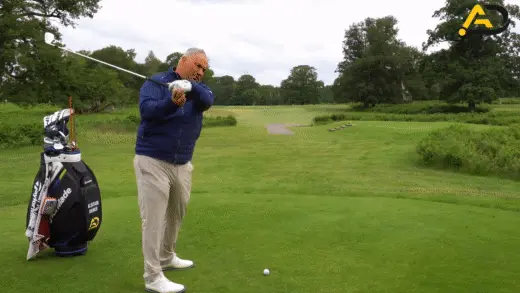
The club will start to fall behind you and the clubface will get stronger or more closed. As the club falls behind you, rotate your body to get back on line. Superstar players such as Jon Rahm or Dustin Johnson are known for integrating this.
At first, this move can look a little exaggerated, as if the wrist is too bowed. However, with HackMotion data from over 100,000 golfers, we notice that more players return to impact with a square clubface when the wrist is in a more bowed position at the top.
In other words, from this position, you can focus on body rotation and forget about swing plane and clubface angle.
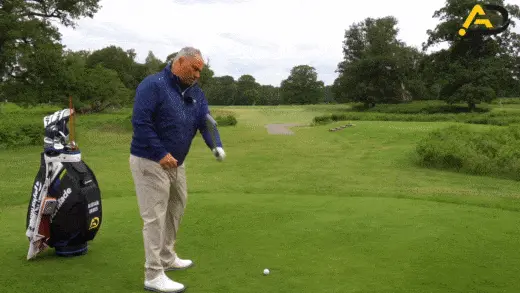
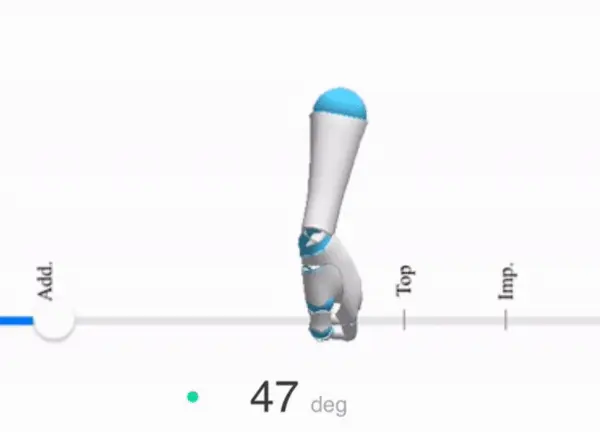
There are two great drills to help you improve this transition from the backswing to the downswing.
The first is to take some swings with just the lead hand on the club. With the lead hand in place, it’s easier to feel that extra flexion in the lead wrist.
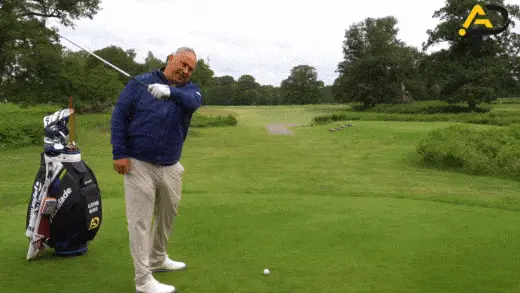
The next exercise is to essentially practice the move a few times, get a feel for it and then hit a shot. Of course, you can make this even more effective by adding the HackMotion wrist sensor in to collect some additional data.
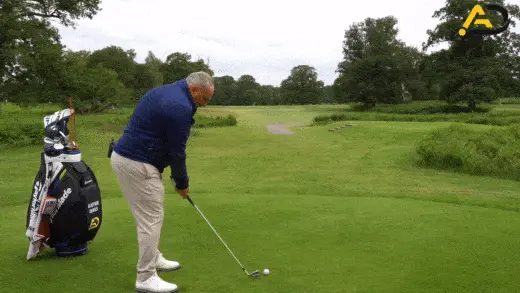
Golfers who are more right-side dominant or right-hand dominant might feel that the trail hand goes into more of an extended state (like in the example below).
In this exercise, the trail hand should be almost maximally extended. If you do this in transition to your maximum range, tension and muscle awareness will arise around the wrist.
This movement helps to get the club to do the same thing: closing and swallowing.

To get used to the pattern, make slow rehearsals with 30-40% of your power. Then gradually build that up to your full speed by repeating the same movements and mechanics.
Taking just a bit of speed off of the swing helps your brain process the motion and get the club into a better position.
Using HackMotion to Fix Wrist Position
HackMotion wrist sensor is a swing feedback tool that will give you information about your wrist position at the address, the top of the backswing, and at impact. If your wrist position at the top of your swing is flat or even slightly bowed, you can rotate your body considerably better.
Think about Dustin Johnson and his ability to rotate through the ball. We see this same movement with Jon Rahm and Collin Morikawa. The reason these golfers can rotate so well is that their wrist is flexed, and they don’t have to do any manipulation of the face to get through impact.
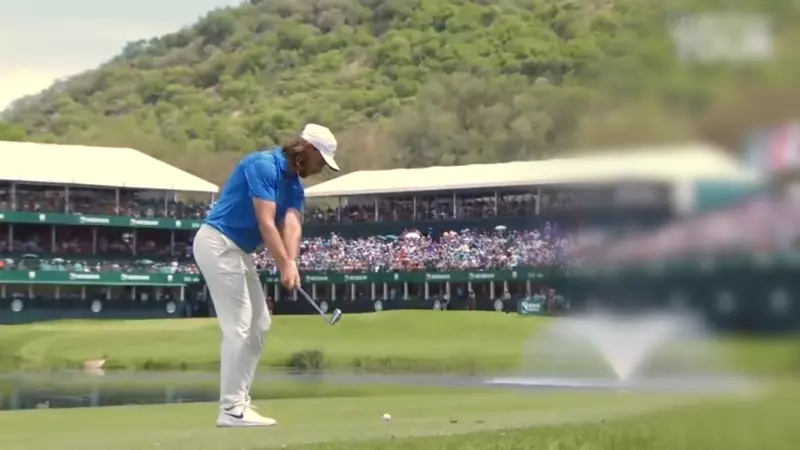
As amateur players, we can use this tour player data as a guideline to perfect our own wrist motion. Wrist motion is unique to all players, so there is no need to copy numbers, but instead, the benefit lies in trying to copy patterns.
Audio biofeedback that signals when the wrist position is correct can make the learning process faster and help your body to learn the correct pattern.
Stable wrist mechanics will create consistency while having the clubface in a good starting position – not too open and behind the player – which will allow you to make the needed body rotation and generate speed.
FAQs
Here are a few of the most commonly asked questions about the body rotation in the golf swing.
How do you rotate your body in the downswing?
At the top of the backswing, your body will rotate towards the target. The more square your clubface is at the top, the easier it is for your body to rotate without stopping, slowing down, or compensating for the angle of your clubface.
How can I increase my body rotation?
To increase your body rotation, ensure that you are starting with enough rotation on the takeaway of your golf swing. If you are not starting with a turn, it’s hard to add one on the downswing.
In addition, golfers that become more flexible often have an easier time rotating their bodies. Lastly, ensure your swing plane is more shallow, and the club is square so that you are able to rotate quickly through the ball.
How far do you rotate your hips in golf swing?
Start by feeling like you are turning your belt buckle away from the ball at the start of your swing. As you pivot back and transfer weight, the rotation will continue.
The rotation will turn the opposite direction during the transition from backswing to downswing,ion.
Can you turn too much in golf swing?
In a golf swing, you can turn too much if you make it difficult for yourself to return the golf club to square. For many players over rotation means that there are compensations that you must make to get back to impact.
Rotation doesn’t need to be large to be effective. However, it must be consistent, and it must correspond with a shaft that is on the plane and a clubface that is square.
Final Thoughts
Body rotation is often thought of as a culprit in a golf swing that needs some work or attention. What we have learned is that many times, poor body rotation is a lack of proper swing plane and wrist position.
Take your HackMotion out to the driving range and see if adding a little more flexion to the transition of your swing will help you improve your body rotation.





